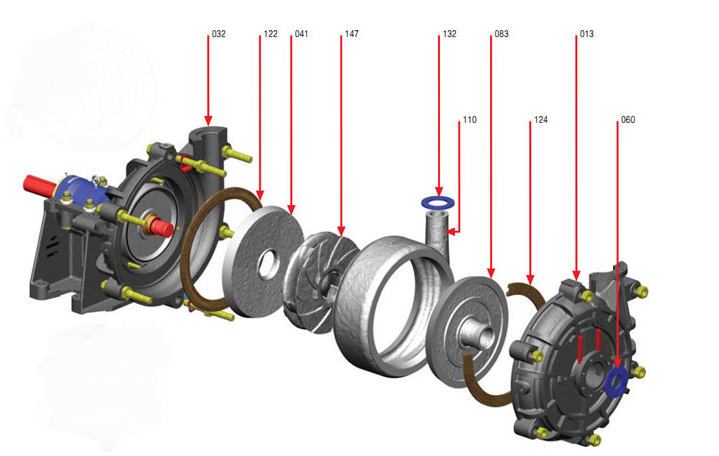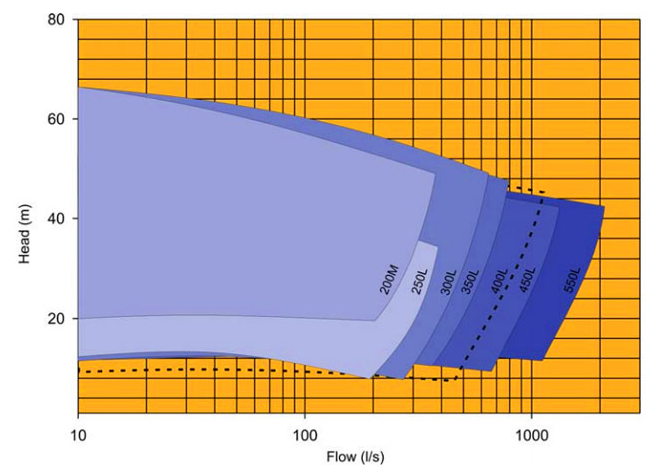On May 21, the China Chamber of Commerce for Import and Export of Mechanical and Electrical Products, in collaboration with Yingli New Energy, Trina Solar, and Artus, held a press conference to address the second round of "double anti-" investigations targeting China's solar industry by the United States. This marked the first joint effort among major Chinese photovoltaic associations to collectively oppose the U.S. trade measures.
Sun Guangbin, deputy secretary-general of the chamber, issued a strong statement on behalf of the Chinese solar industry, condemning the U.S. "double anti-" investigation and urging both countries to resolve disputes through dialogue and negotiation. He emphasized that the U.S. has ignored substantial evidence from China, which shows that its solar companies do not engage in illegal subsidies or dumping practices.
Xiao Xiaoying, CEO of CSIQ, told the 21st Century Business Herald that the industry is calling on the government to create a fair competitive environment for businesses, not only focusing on sales but also considering the livelihoods of hundreds of thousands of families affected by these trade barriers.
The second round of "double anti-" investigations has had a larger impact than the first. Since 2011, the U.S. has targeted Chinese PV companies, imposing high tariffs despite China’s extensive evidence. The second round in 2014 further disregarded U.S. origin rules, undermining international trade standards and causing significant damage to American downstream industries.
Sun Guangbin pointed out that the U.S. Department of Commerce previously ruled that the origin of the battery determines the origin of the component. By this logic, components produced in mainland China should not be subject to investigation, as they are sourced from third-country markets like Taiwan.
Yang Xiaozhong, vice president of Trina Solar, noted that many U.S. companies do not support using tariffs to settle disputes, as it harms their own industry development. Data shows that since 2011, anti-dumping and anti-subsidy investigations by the U.S. and EU have negatively impacted Chinese PV firms and reduced domestic market growth, leading to job losses.
The U.S. Department of Commerce is set to release preliminary rulings on June 2 for subsidies and July 28 for anti-dumping, with final decisions scheduled for December 11. The International Trade Commission will make the final determination on January 26, 2015.
Despite these challenges, the global PV market is becoming more diversified. Last year, Chinese PV companies sold 40% of their products in Asia, 20% in Europe, and 15-18% in the U.S., showing a shift away from over-reliance on Western markets. Companies like Artus have seen significant market shares in the Americas and Asia, highlighting the growing importance of emerging markets.
Artus CEO Xiao Xiaoying stressed that the U.S. market, with an expected 5-6 GW of installed capacity in 2014, relies heavily on Chinese exports. These exports not only bring billions in revenue but also support hundreds of thousands of jobs, including those of migrant workers. She urged the government to maintain a fair business environment.
Trina Solar’s Yang Xiaozhong added that the U.S. and Chinese markets are increasingly interconnected. While U.S. companies restrict Chinese imports, they also seek to enter the Chinese market, viewing it as crucial for future growth.
This trend is expanding globally. For instance, German-based Heraeus plans to localize its positive silver paste production in Shanghai, creating a second Asian base. Meanwhile, U.S. PV equipment manufacturer GT announced a shift toward global subcontracting, with increased procurement from China in the future.
M Medium Duty Slurry Pump
1. Description of M mddium duty slurry pump
Naipu NP-M series centrifugal slurry pumps and spare
parts could fully interchange with world famous brand.These pumps are of
heavy-duty construction, designed for continuous pumping of highly
abrasive and corrosive slurries. They feature a wide choice of
replaceable abrasion resistant metal casting liners and Impellers, which
are all interchangeable within a common casting assembly.
Typical Applications---
Dense media transfer
Dense media make-up
Bottom boiler and fly ash
Ferrosilicon make up
Thickener underflow
Dewatering
2.Construction drawing of M medium duty slurry pump

Main Part Number At The Drawing
|
032:Frame Plate
110:Volute Liner
041:Frame Plate Liner Insert
124: Volute Cover Seal
122: Stuffing Box Seal
|
132:Discharge Joint
147:Impeller
013:Cover Plate
083:Throat bush
060: Intake Joint
|
Material of Construction
|
|
LINERS
|
IMPELLERS
|
CASING
|
BASE
|
EXPELLER
|
EXPELLER RING
|
SHAFT SLEEVE
|
SEALS
|
|
Standard
|
Chrome Alloy
|
Chrome Alloy
|
SG Iron
|
SG Iron
|
Chrome Alloy
or
SG Iron
|
Chrome Alloy
or
SG Iron
|
SG Iron
|
Rubber
|
3.M Medium duty slurry pump select Chart

M Medium Duty Slurry Pump,Heavy Duty Slurry Pump,Warman Slurry Pump,Medium Duty Slurry Pump
Shijiazhuang Naipu Pump Co., Ltd. , https://www.naipu-pump.com

